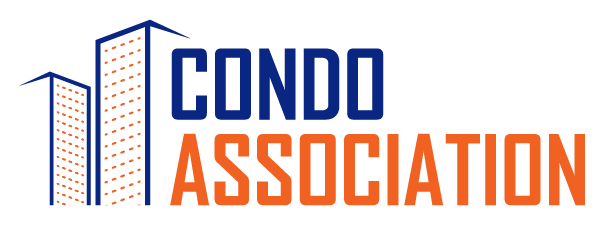Having the HOA insurance or condo association insurance coverage you need in the areas in which you need it is the biggest challenge. The areas most often overlooked or structured improperly include:
|
1. Deductibles and shifting loss. Although some condo associations have moved to higher deductibles, all condo associations should consider increasing their traditional $1,000 deductible to $2,500, $5,000 or $10,000 to reduce premiums. Together with higher deductibles, condo associations should review their documents and consider adopting a resolution or amendment requiring unit owners suffering damage covered by the condominium master policy to pay the condo association's deductible. Unit owners are typically able to cover most of this risk through their own home owner policy. A few forward thinking associations are now requiring owners to carry a home owners' policy and to produce evidence of this coverage. |
|
2. Agreed amount endorsement. This coverage eliminates the penalty that would apply if it turns out that your condo association or HOA is under-insured. If you have only $10 million in coverage on a building that should be insured for $20 million, the insurer would be required to pay only half of any claim - $50,000 on a $100,000 loss. An agreed amount endorsement would ensure full coverage despite that gap. This coverage is affordable and readily available, but you have to request it. |
|
3. Non-hired auto coverage |
|
4. Workers' compensation. This coverage is necessary even for condo associations and HOAs that do not have any employees. Consider this not uncommon situation. A worker responds to an emergency in the middle of the night. Focused on the pipe that is spewing water by the gallons into the common area, no one bothers to obtain a certificate of insurance verifying that the contractor who employs the worker has insurance. The worker is injured and the contractor, in fact, provides no coverage. The Industrial Accident Board in this case is likely to find that the association is the employer and is obligated to pay the worker's medical expenses. |
|
5. Directors' and Officers' liability coverage (D&O). These policies typically will cover claims for fair housing discrimination, unfair employment practices, and the like. You want a duty to defend policy, which will pay your defense costs, versus simply an indemnity policy, which will pay if you lose a suit, but won't cover your litigation costs in the meantime. Make sure your policy specifies that the coverage limit does not include the defense costs; otherwise, legal expenses could eat up most of the coverage you have, leaving little to pay any judgment levied against you. |
|
6. Surplus lines. Pay careful attention to policies written through excess and surplus lines. Insurers sometimes use these lines, which are not subject to state regulations, to avoid risks such as terrorism and mold, which some states require them to cover. Your insurance advisor should be able to tell you whether these policies have excluded any other risks. Monitoring the source of the insurance is especially important when you are changing carriers, because you could end up with dangerous coverage gaps of which you aren't aware. |
|
7. Terrorism insurance. The insurance and real estate industries, among others, were much relieved by the news that Congressional negotiators have resolved the impasse blocking approval of legislation creating a federal terrorism insurance "backstop" that will pay a portion of any future terrorism-related insurance claims. Final approval of that legislation, more likely now although not completely assured, should make terrorism insurance both more available and more affordable, both for new development projects unable to proceed without the coverage, and for existing buildings in danger of defaulting on mortgages that required coverage owners were either unable to obtain or to afford. |
|
8. Mold coverage. To the chagrin of the real estate industry and individual homeowners, insurance carriers have been successful in limiting mold liability coverage and dramatically reducing mold-related property damage coverage. While these exclusions are based on some very real and legitimate insurance industry concerns, the real estate community must carefully evaluate the new coverages to assess their risks. |
|
9. Earthquake insurance. Damage risks are highest for buildings constructed on fill in downtown Boston (a good-sized quake will probably send them into the waters), but some level of coverage is important for all multi-family structures. |
|
10. Fidelity insurance. Community associations are generally aware that they need this insurance against thefts by board members or staff members (the condominium statute requires it), but most don't have enough coverage and the policies aren't always structured properly. The insurance should be issued in the association's name with the property manager obligated under the association's policy. That will cover a theft by the management company principals as well as by the property manager. The property manager will have coverage through the management company, but that policy typically will cover the property manager only. |
